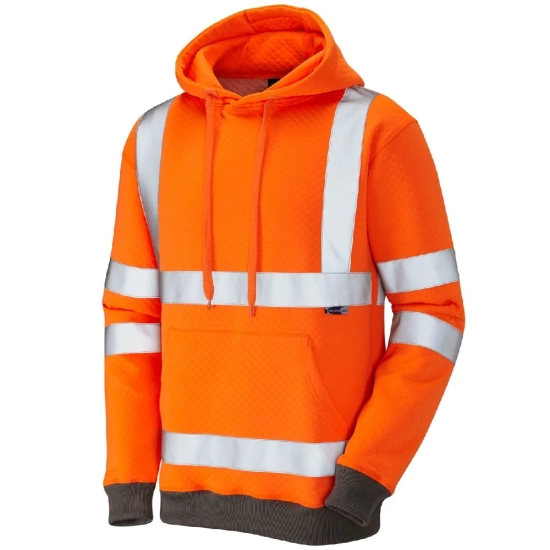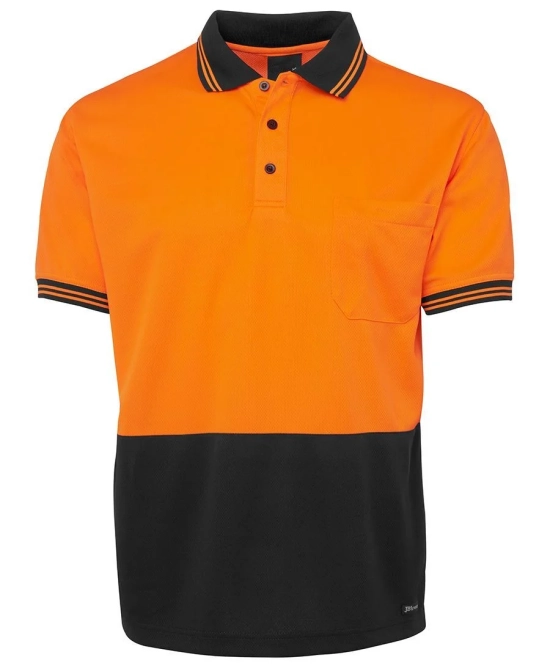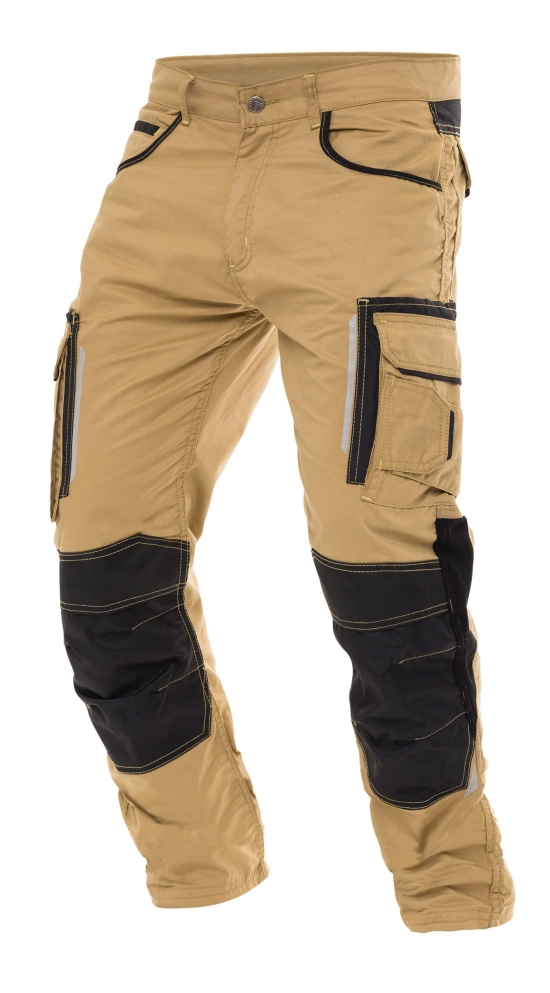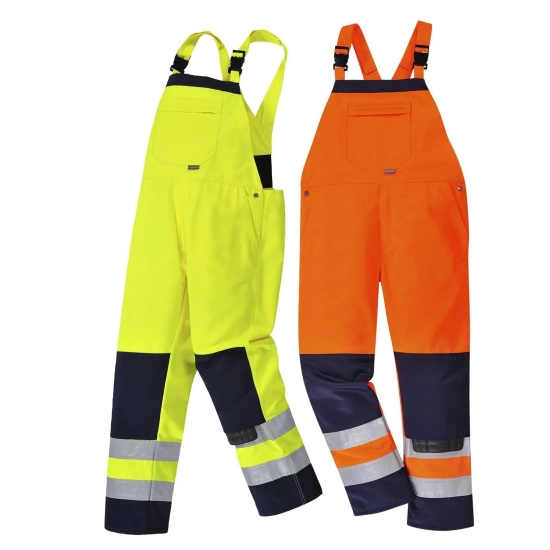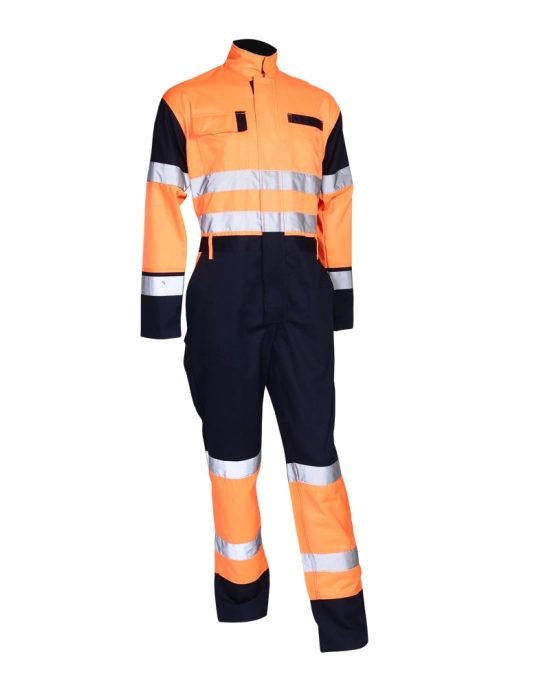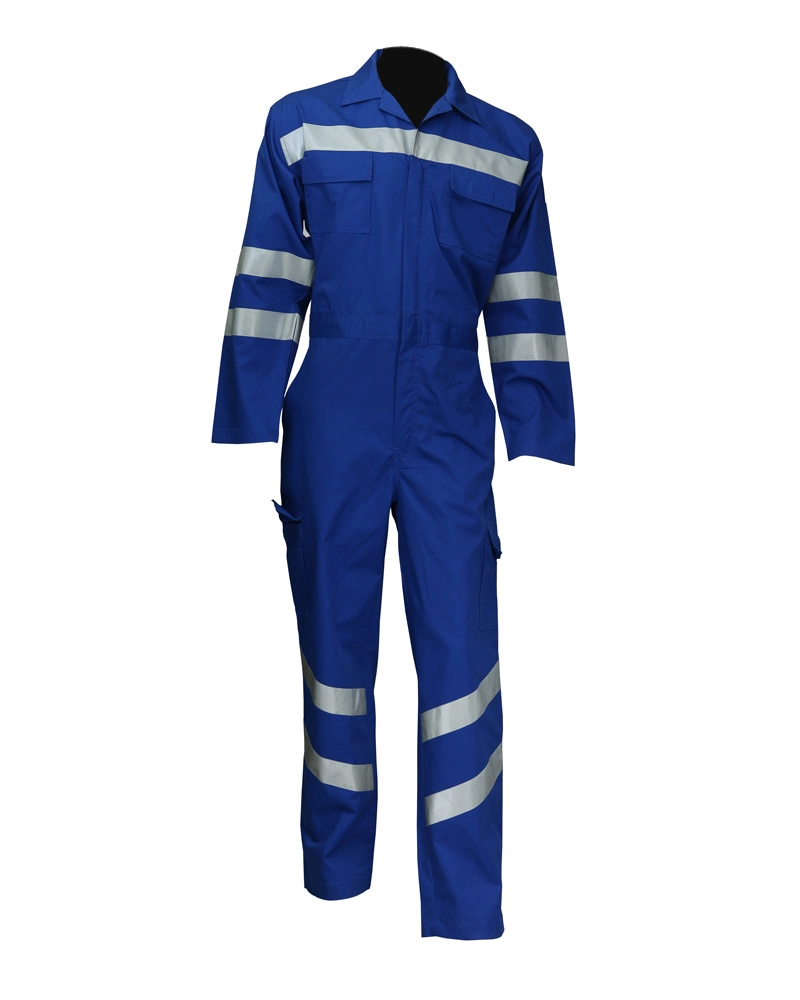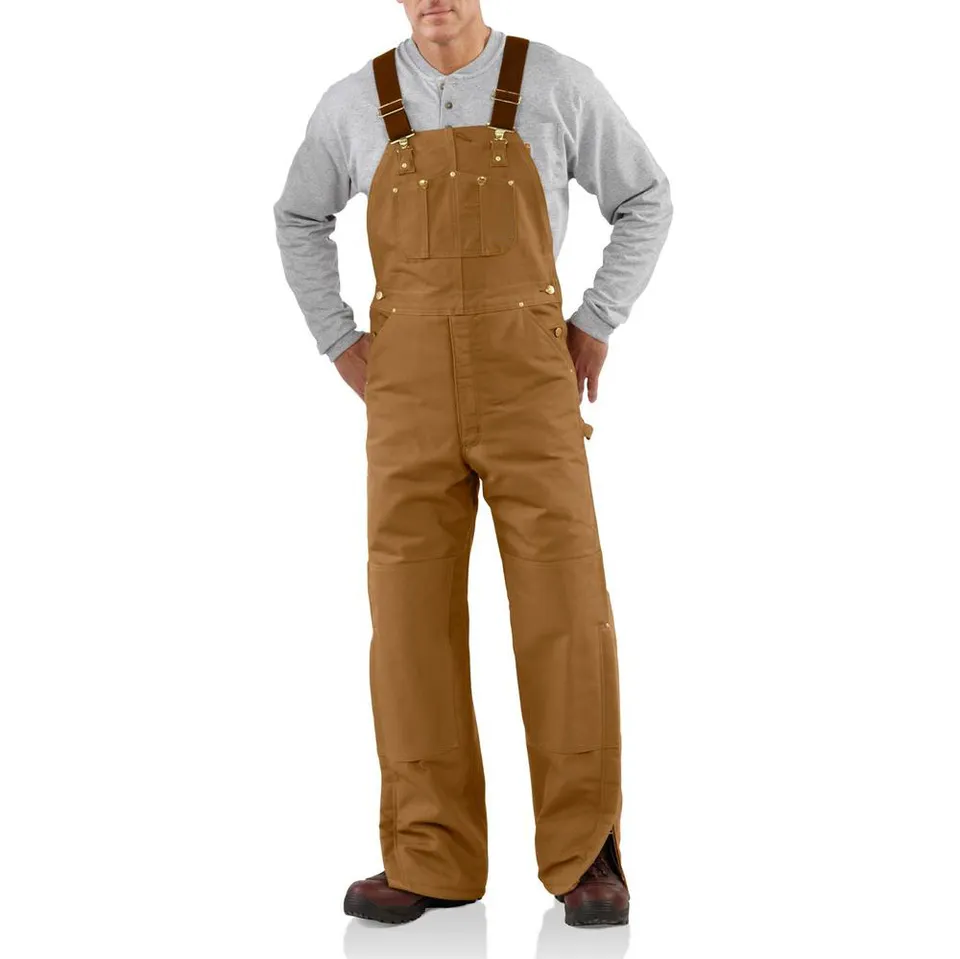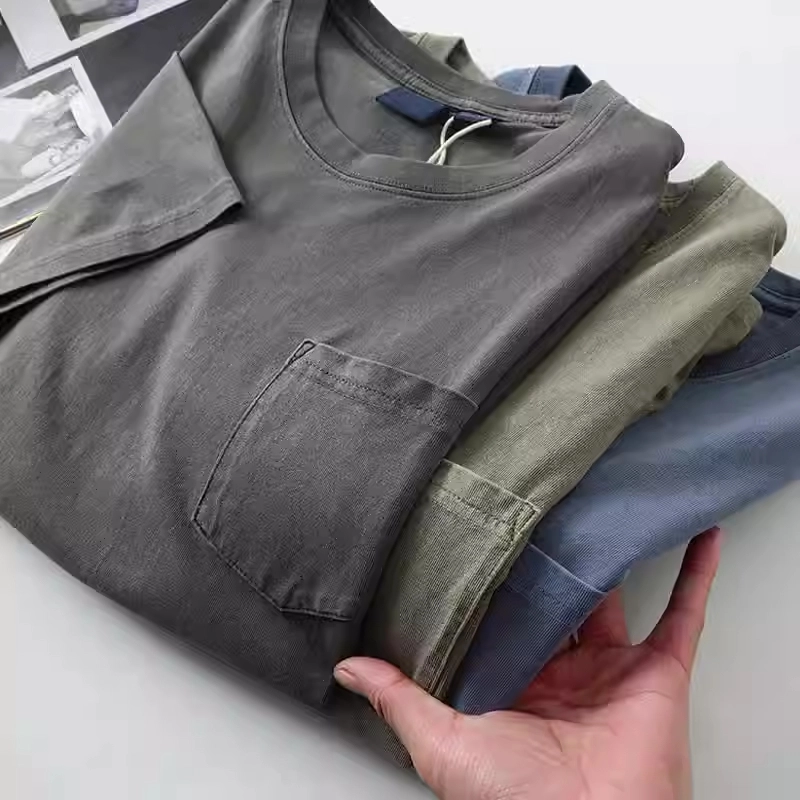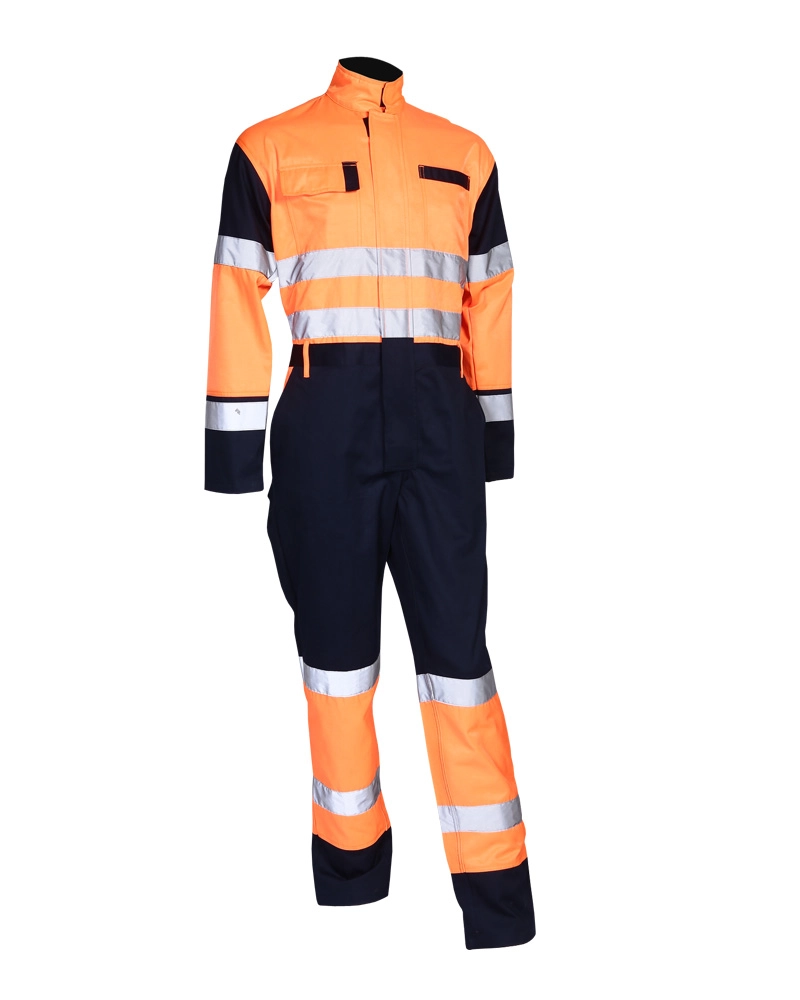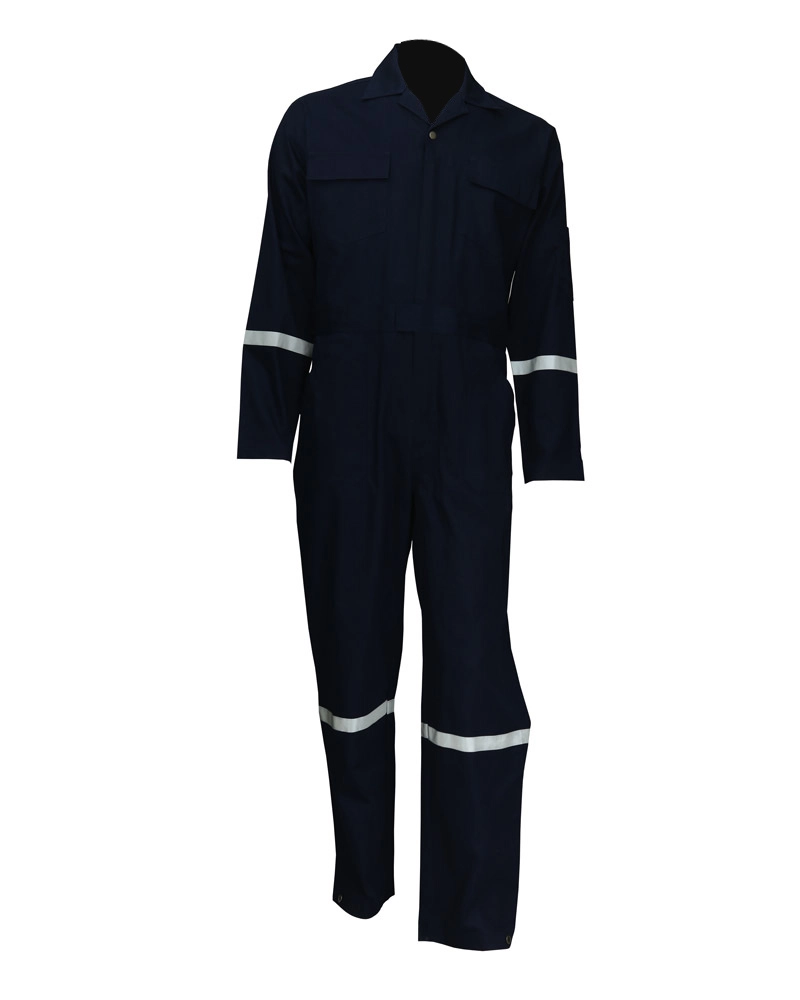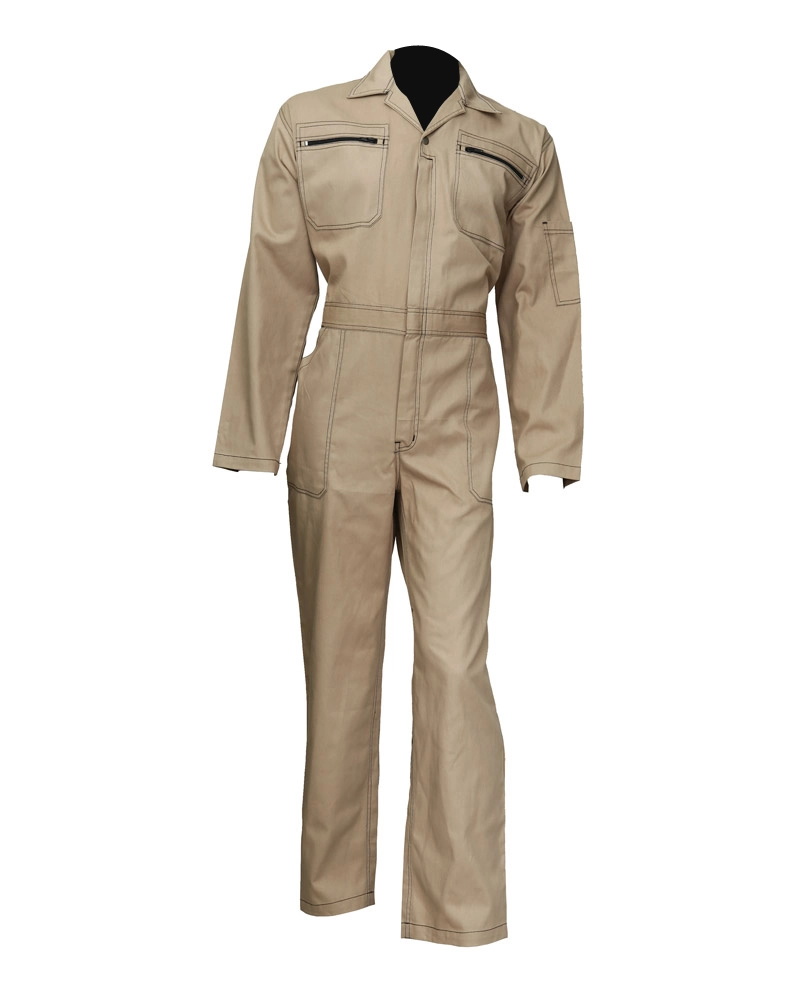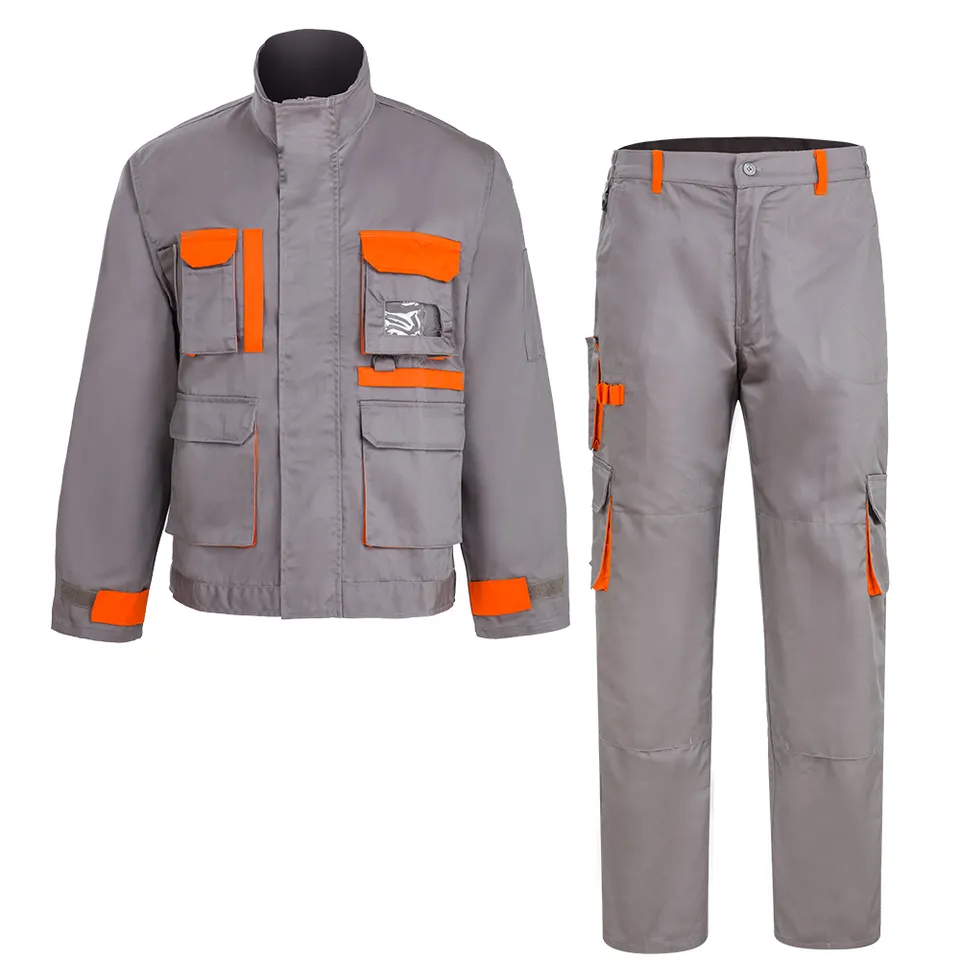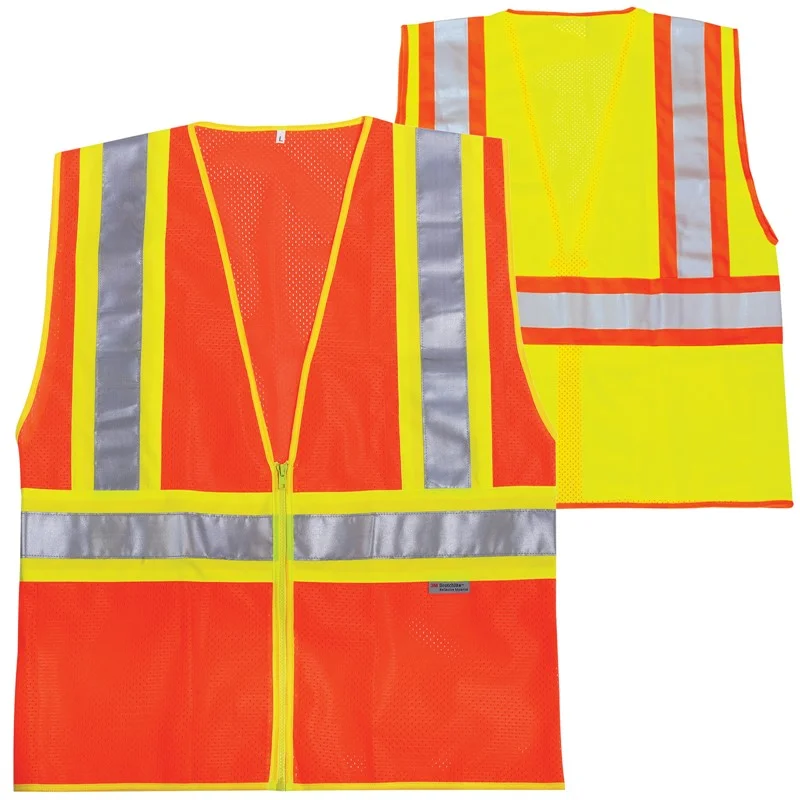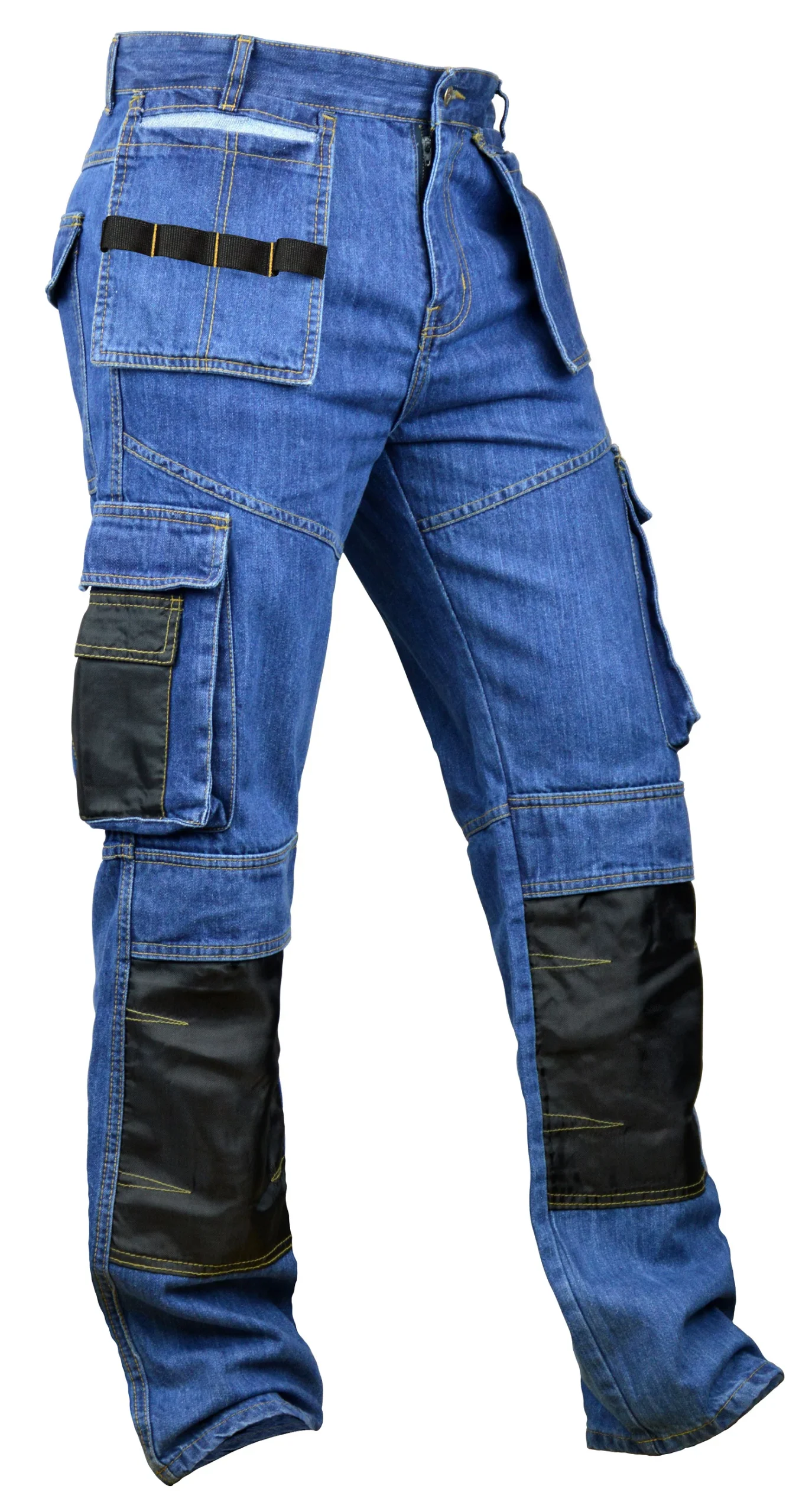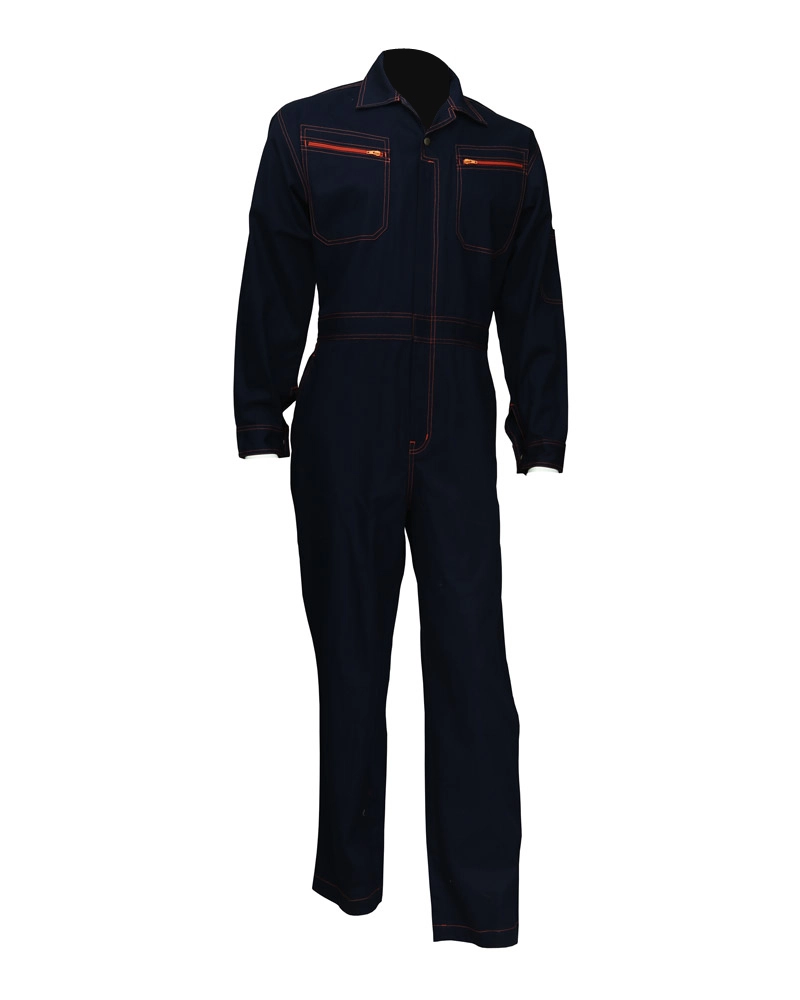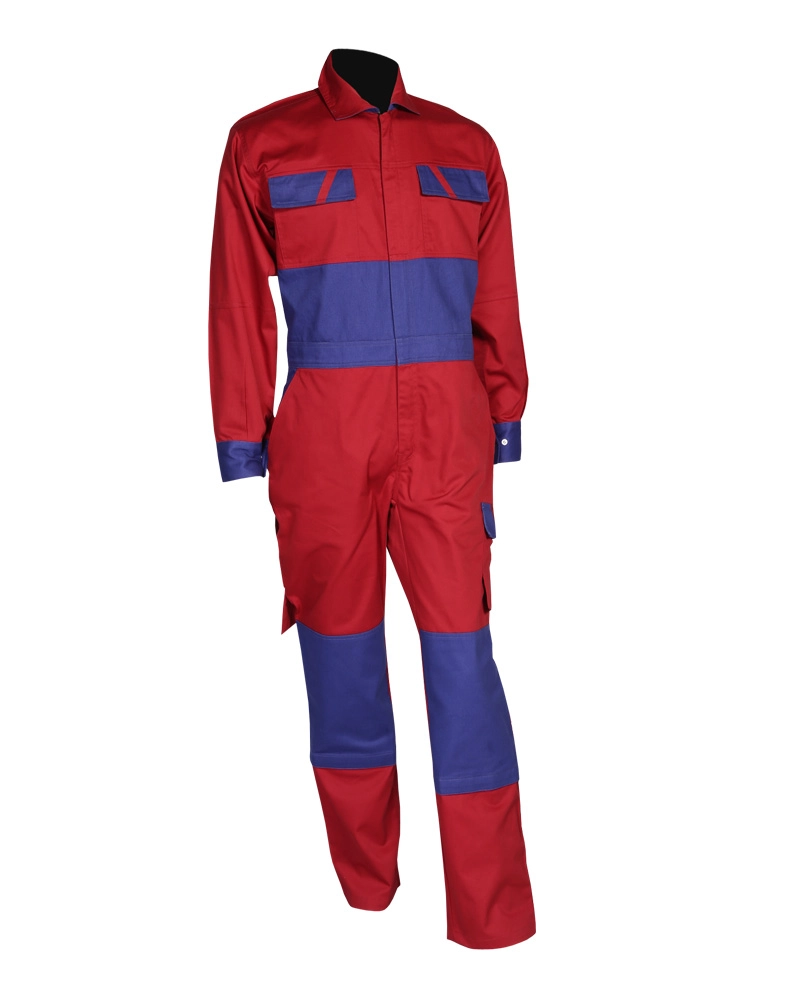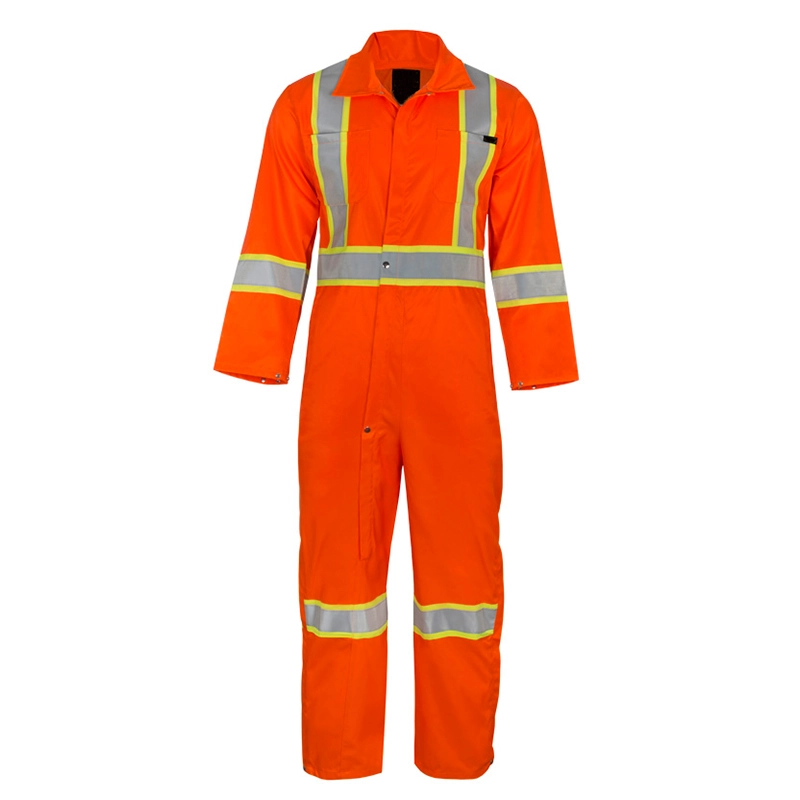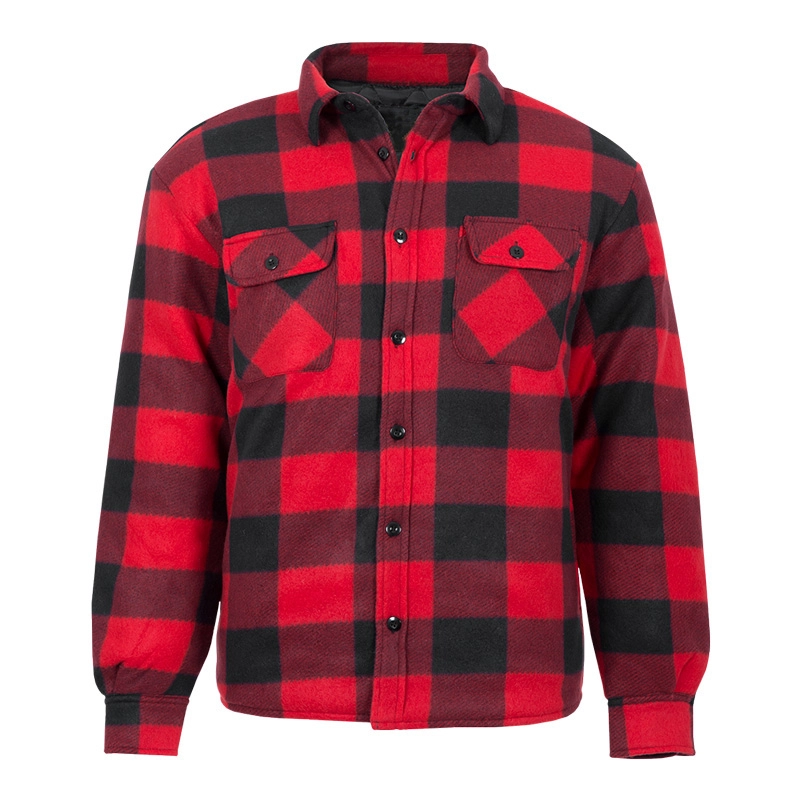Click here to
Sourcing and Manufacturing Workwear in Bangladesh
When dealing with a workwear order, the process typically begins with a sample request. This involves sending a sample of the product to the customer for approval. Once the sample is approved, the customer will place an order with the supplier. The supplier will then produce the workwear and arrange for it to be delivered to the customer. The delivery time depends on the size of the order, production time, and other factors. Once the workwear is delivered, the customer will inspect it to ensure it meets their requirements and to confirm that it is of good quality. If any issues are found, they should be addressed as soon as possible before any further orders are placed.
A workwear order typically involves the following steps:
1. Sampling
When searching for suppliers, it is important to request samples of their product to review and determine the best option. This process of sampling allows companies to assess the quality, design, and other key factors of a product and compare it to competitors. It can also provide key insights into the production process, materials and packaging used, as well as allowing a company to test the product to ensure that it meets their requirements. Sampling is an essential step when selecting a supplier as it provides a more informed decision and allows companies to select the supplier that best meets their needs.
2. Placement of order
Ordering from suppliers is an important part of the supply chain process. The process involves specifying the quantity, size, and delivery date of goods to the chosen supplier. This ensures that the goods are delivered in the right amount, in the right size, and at the right time. The supplier is then responsible for sourcing and delivering the goods accordingly. It is essential that the information provided is accurate, so that the goods are delivered on time and of the correct quality. By placing orders with suppliers, companies can ensure that they have the stock they need to meet customer demand and keep their operations running smoothly.
3. Payment
When making an order, payment is an essential step. Depending on the company, there are various methods of payment that can be used to complete the purchase. Generally, these include bank transfers, and letter of credit. Once the customer has selected their preferred payment method, they can complete the transaction quickly and easily. Once the payment has been processed, the order will be ready for delivery or collection. This ensures that customers can purchase the items they need in a secure and convenient manner, allowing them to receive their order quickly and without any issues.
4. Production and Quality Control
Production and Quality Control is a key part of any business that involves manufacturing products. Quality control focuses on ensuring that the output of the production process meets the required specifications and standards, while production is the process of creating a product. Quality control requires a range of techniques such as testing, inspection, and auditing to identify and correct any potential defects in the product. Production processes can involve a range of tasks from assembly to packaging, and these processes must be efficient and reliable to ensure the quality of the product. Quality control is necessary for businesses to ensure that their products meet customer expectations and industry standards.
5. Pre-shipment Inspection
Pre-shipment inspections (PSI) are conducted at the garments manufacturing premises to ensure quality standards are met and goods are fit for purpose. PSI’s involve a third-party inspector conducting an inspection of the goods and providing an inspection report with their findings. This is used to ensure that orders meet customer requirements and to identify any defects in the goods prior to shipment. The pre-shipment inspection provides assurance that the goods meet the necessary quality standards and minimises the risk of a product recall or dissatisfaction from the customer.
6. Delivery and Shipping
The delivery and shipping of garments from a factory to an overseas destination requires careful planning and execution. Depending on the needs of the customer, shipments can be made via airfreight or sea-freight. Airfreight is the faster option, allowing garments to reach their destination in a short amount of time. However, this is often more expensive than sea-freight, which requires longer transit times but is usually more cost-effective. Both sea-freight and airfreight have their own advantages and drawbacks, and the best option will depend on the specific needs of the customer. In addition to selecting the right shipping method, it is important to ensure that the garments are packed and handled properly to prevent damage during transit. By taking these factors into account, delivery and shipping from a factory to an overseas destination can be done safely and efficiently.

